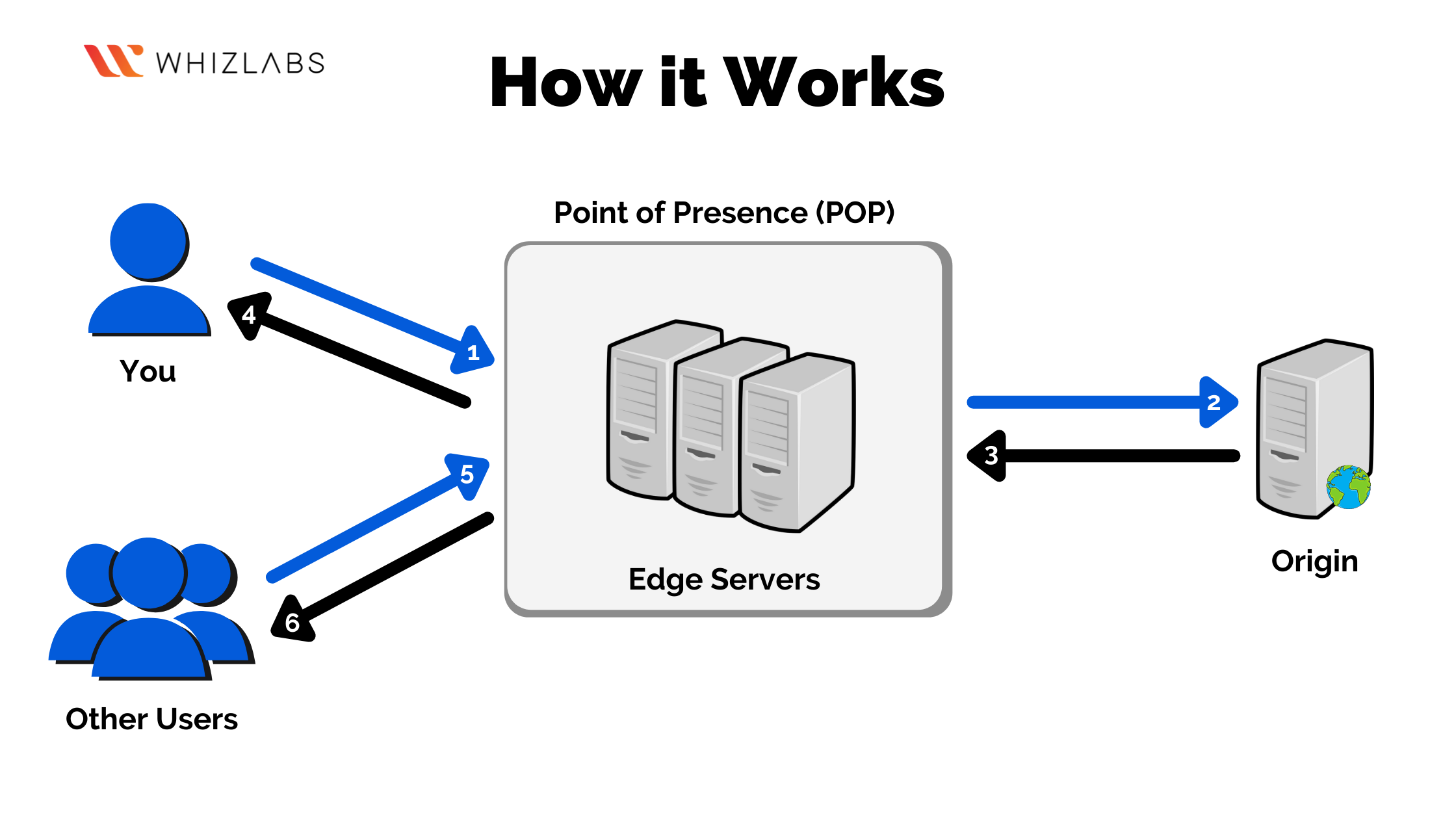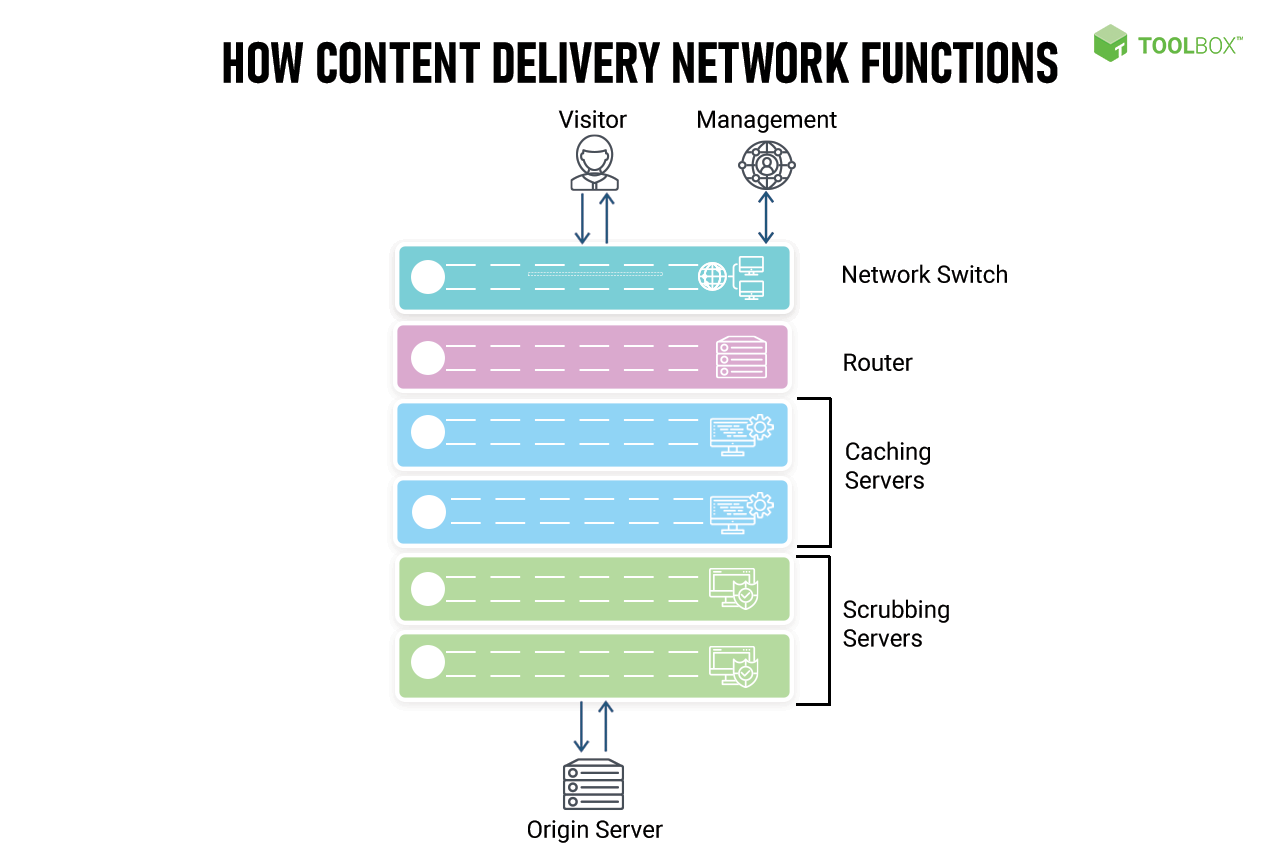The Rise of Personalized Content Delivery with Content Delivery Networks (CDNs)

In today’s digital landscape, personalized content delivery is paramount for capturing audience attention and driving engagement. Content Delivery Networks (CDNs) play a crucial role in enabling this personalization, offering a range of benefits and unlocking new possibilities for content delivery.

Benefits of CDNs for Personalized Content Delivery:

- Reduced latency: CDNs cache content at strategically located edge servers, minimizing latency and providing faster delivery times for users across geographic regions.
- Increased bandwidth: CDNs distribute content across multiple servers, ensuring ample bandwidth to handle spikes in traffic and support high-quality streaming and downloads.
- Improved user experience: Personalized content tailored to user preferences can significantly enhance the user experience, increasing engagement and loyalty.
- Scalability: CDNs are highly scalable, allowing for seamless delivery of content to growing user bases without performance degradation.
- Security: CDNs incorporate robust security measures to protect content and user data from malicious attacks and data breaches.
Personalization Capabilities with CDNs:
- Dynamic content insertion: CDNs enable the insertion of personalized content dynamically, based on factors such as user location, device type, and browsing history.
- Personalized caching: CDNs can cache personalized content specifically for each user, reducing latency and improving the relevance of delivered content.
- A/B testing: CDNs support A/B testing, allowing content providers to experiment with different content variations and identify the best-performing versions.
- Behavioral targeting: CDNs can track user behavior to identify preferences and tailor content delivery accordingly.
- Personalized advertising: CDNs facilitate personalized advertising by delivering targeted ads based on user profiles and interests.
Future Prospects:
The future of personalized content delivery with CDNs holds immense promise, with advancements in:
- Artificial intelligence (AI): AI-powered CDNs will optimize content delivery based on predictive analytics, providing highly targeted and relevant content experiences.
- Edge computing: Edge computing will bring content processing capabilities closer to users, reducing latency and enabling real-time personalization.
- Virtualization: Virtualization will allow for the creation of dynamic and scalable CDN configurations that can adapt to changing content delivery needs.
- 5G technology: 5G networks will offer lightning-fast connectivity, enabling seamless delivery of personalized high-bandwidth content.
Conclusion:
Content Delivery Networks (CDNs) are transforming the future of personalized content delivery. By reducing latency, increasing bandwidth, and empowering content providers with advanced personalization capabilities, CDNs enable the creation of highly engaging and relevant content experiences. As technology continues to advance, the integration of AI, edge computing, and virtualization will further enhance the capabilities of CDNs, shaping the future of personalized content delivery in exciting and transformative ways.## The Future Of Personalized Content Delivery With Cdns
Executive Summary
Content Delivery Networks (CDNs) are rapidly evolving to meet the demands of modern internet users. With the proliferation of personalized content, CDNs are becoming increasingly important in delivering a seamless and tailored user experience. This article explores the latest trends and innovations in CDN technology, and discusses how they are shaping the future of personalized content delivery.
Introduction
Personalized content has become an essential element of modern digital marketing. Users expect content that is relevant to their interests, needs, and preferences. CDNs play a crucial role in delivering this personalized content by caching and distributing it closer to the end user, reducing latency and improving the overall user experience.
FAQs
1. What is a CDN?
A CDN is a globally distributed network of servers that helps deliver content to end users with improved performance and reliability.
2. How do CDNs personalize content delivery?
CDNs can personalize content delivery by caching and distributing content based on user location, device type, and other relevant factors.
3. What are the benefits of using CDNs for personalized content delivery?
CDNs provide several benefits for personalized content delivery, including reduced latency, improved user experience, and increased conversion rates.
Top 5 Subtopics
Edge Computing
Edge computing brings compute and storage resources closer to the end user, enabling faster and more efficient content delivery.
- Reduced latency: Edge computing reduces latency by caching content at the edge of the network, closer to the end user.
- Improved performance: By reducing latency, edge computing improves the overall performance of content delivery, resulting in a better user experience.
- Lower costs: Edge computing can help reduce bandwidth costs by caching content closer to the end user, eliminating the need to transfer data across long distances.
Artificial Intelligence (AI)
AI is being used to enhance CDN performance and optimize content delivery based on user preferences and behavior.
- Personalized caching: AI algorithms can analyze user behavior and preferences to determine which content to cache, ensuring that users have quick access to the content they are most likely to engage with.
- Dynamic content optimization: AI can optimize content delivery based on factors such as device type, network conditions, and user preferences, ensuring that users receive the best possible experience regardless of their situation.
Security
CDNs play a crucial role in protecting websites and content from security threats.
- DDoS mitigation: CDNs can help mitigate DDoS attacks by distributing traffic across multiple servers, making it more difficult for attackers to disrupt website operations.
- SSL/TLS encryption: CDNs can provide SSL/TLS encryption to protect data in transit, ensuring that user information is kept confidential.
- Web application firewall (WAF): CDNs can implement WAFs to protect websites from malicious traffic and attacks.
5G Networks
The advent of 5G networks is expected to further enhance the capabilities of CDNs.
- Increased bandwidth: 5G networks offer significantly higher bandwidth than previous generations, enabling CDNs to deliver more content with less latency.
- Reduced latency: 5G networks reduce latency by providing faster data transfer speeds, improving the user experience for applications that require real-time data.
- Improved coverage: 5G networks have wider coverage than previous generations, allowing CDNs to reach more users in remote and underserved areas.
Serverless Computing
Serverless computing enables CDNs to scale their infrastructure on demand without managing and maintaining physical servers.
- Cost savings: Serverless computing eliminates the need to purchase and maintain physical servers, reducing infrastructure costs.
- Scalability: Serverless computing allows CDNs to scale their infrastructure up or down based on demand, ensuring that they can handle fluctuations in traffic without compromising performance.
- Flexibility: Serverless computing provides flexibility by allowing CDNs to deploy and manage their infrastructure without the need for dedicated IT resources.
Conclusion
The future of personalized content delivery is inextricably linked to the evolution of CDNs. As technology continues to advance, CDNs will become increasingly sophisticated and capable of delivering personalized content with greater efficiency, speed, and security. By embracing the latest trends and innovations in CDN technology, businesses can unlock the full potential of personalized content delivery and create a more engaging and satisfying experience for their users.
Keywords
- Content Delivery Networks (CDNs)
- Personalized content delivery
- Edge computing
- Artificial intelligence (AI)
- 5G networks
- Serverless computing

